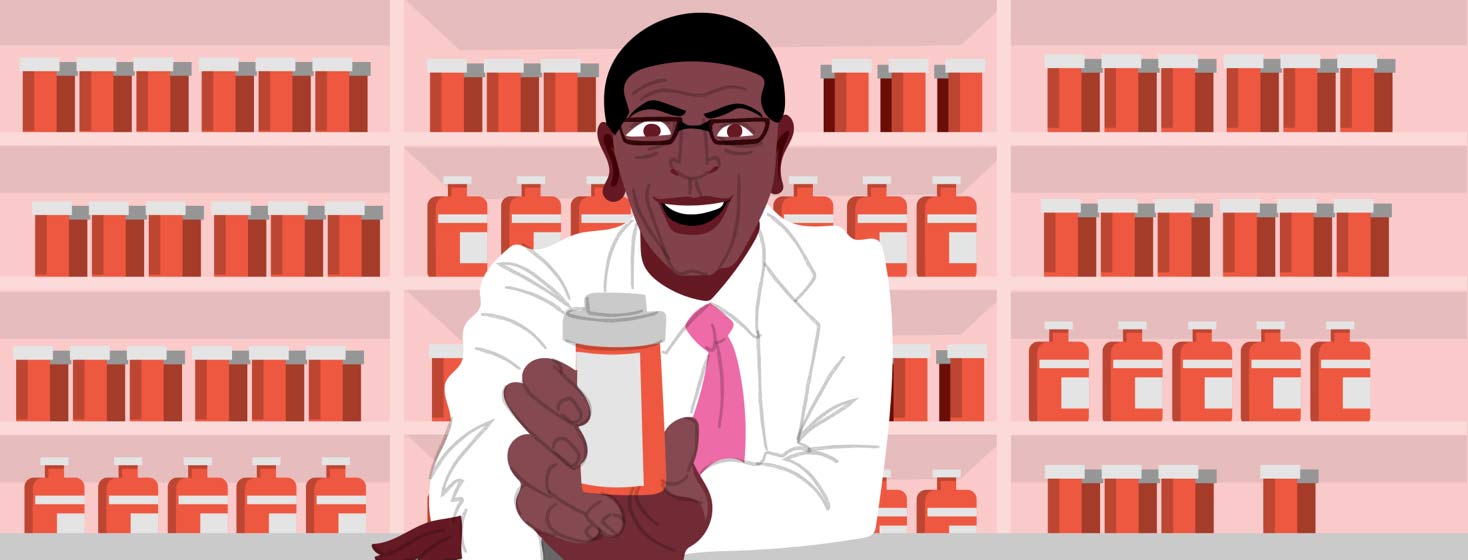PrEPing for the Future
Barriers to PrEP access
I think public health systems around the U.S. and the world are seeing that the HIV epidemic can be contained and brought down to low numbers with the advent of new medications on the market.
Certain things still create barriers to access including cost, stigma from healthcare providers, and distrust of the medical system. As PrEP becomes apart of our culture, these attitudes hopefully will shift and patients and healthcare providers will be more informed.
PrEP at the pharmacy
During the flu season, we trust our pharmacist to give us a vaccination to provide us immunity from this seasonal virus. What if the trust extended to PrEP? Imagine being able to get a thirty to sixty-day supply from your pharmacist. No appointment needed.
This will give you some time to try the drug, set up an appointment with your physician, and get the type of on-going monitoring you need when on PrEP. This introduction to PrEP at the pharmacist is an excellent way to bring it to broader communities of people. I see programs in California and Seattle that are experimenting with the idea.
In my mind, I can see the pharmacist discreetly giving you an HIV test. Once it comes back negative, they can start you on Truvada with a two-month supply.
See a doctor for complications
In an ideal world, if you experienced complications, you’d immediately discontinue the medication and see a doctor. And if you think PrEP is right for your lifestyle, you have an opportunity to find a doctor or clinic that will work for you.
A community-based approach
Overall, I think a community-based approach is an awesome change to consider for making PrEP more accessible.
However, I think medical resources should be at the disposal of patients who experience side effects or find out that they are HIV positive in the initial screening process. Stores like Walgreens and CVS are starting to have more medical services in-store and HIV prevention should be apart of them. By educating more medical professionals and including pharmacists, we are taking active steps to end HIV.
I also want to look at the cost of PrEP and see what resources are available for drug assistance on a national level.
Let me know what you think about PrEP in the Pharmacy. Do you think it is a good idea? How would you expand access to PrEP in rural or urban areas? Comment Below!

Join the conversation